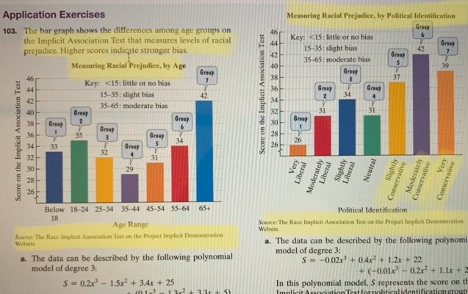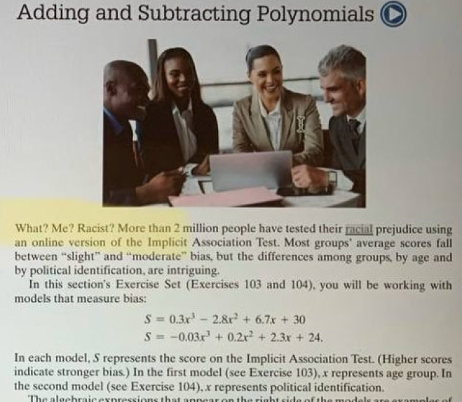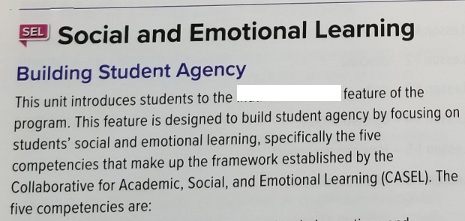North Carolina School Board Candidate for Wake County, Katie Long, has been busy researching the topic of Florida’s rejected Math Books, because it is a topic of grave concern to her, and to the parents and community members she is running to represent.
“I knew the people in my district would want to have this information, so I contacted people in Florida on the School Board. I knew they would have the information about those books, and I asked them for as much information as I could get- because I hope someday in North Carolina we will have the opportunity to be where Florida is now. They responded to me pretty quickly so I posted the information for the public,” Long told me. “I want everyone to be ready and have accurate information when our time comes.”
Long posted on her social media immediately the list of books that the Florida Board of Education published of rejected books. And she asked for details about what in the books made them rejected under Common Core or Critical Race theory- what made them problematic.
READ PRESS RELEASE ABOUT THE REJECTED BOOKS
Her Facebook Post:
Long also requested examples of the inappropriate content that caused the books to be rejected. Here are the emails she got back:
REJECTED BOOKS:
From: “Byrd, Esther” <Esther.Byrd@fldoe.org>
Date: April 18, 2022 at 9:21:37 PM EDT
To: Katie Long <katie_XXXXX@yahoo.com>
Subject: Re: Request for list of rejected 54 math books
Ms. Long,
Thank you for your interest in the rejected Instructional Materials. The information you requested can be found at the link below under the title “2021-2022 Mathematics Instructional Materials Not Recommended List (PDF)”.
https://www.fldoe.org/academics/standards/instructional-materials/
Best,
Esther Byrd
CONTENT:
From: DOEPressOffice <DOEPressOffice@fldoe.org>
Date: April 21, 2022 at 2:57:55 PM EDT
Subject: Mathematics Instructional Materials Examples
Good afternoon,
Thank you for contacting us requesting examples from the mathematics instructional materials that were not included in the adoption list.
As a reminder, publishers have the ability to appeal any non-adoption decision. Publishers also have the ability to substitute or revise their submitted bids to be included on the state’s adopted list if the substitution or revision of submitted instructional materials ultimately meets Florida’s bid specifications.
We are committed to working with publishers to remediate all deficiencies identified during the review to ensure the broadest selection of high quality instructional materials are available to school districts and Florida’s students.
At this time, those who have submitted textbooks for consideration still own the material (i.e. their content is copyrighted and we are unable to release it to the public at this time, pending review). Having said that, we have posted a few examples on our website that we received from the public.
As has been recently indicated at various events around the state, if and when we can share such materials, we will work to do so.
Thanks,
Cassie Palelis
Press Secretary
Florida Department of Education
325 West Gaines Street, Room 1524
Tallahassee, FL 32399-0400
PL: 850-245-0413
HERE IS THE PROBLEM ACCORDING TO THEIR WEBSITE:
DISCLAIMER: Based on the volume of requests the Department has received for examples of problematic elements of the recently reviewed instructional materials, the following are examples provided to the department by the public and presented no conflict in sharing them. These examples do not represent an exhaustive list of input received by the Department. The Department is continuing to give publishers the opportunity to remediate all deficiencies identified during the review to ensure the broadest selection of high quality instructional materials are available to the school districts and Florida’s students.




DISCLAIMER: Based on the volume of requests the Department has received for examples of problematic elements of the recently reviewed instructional materials, the following are examples provided to the department by the public and presented no conflict in sharing them. These examples do not represent an exhaustive list of input received by the Department. The Department is continuing to give publishers the opportunity to remediate all deficiencies identified during the review to ensure the broadest selection of high quality instructional materials are available to the school districts and Florida’s students.
Long Is running on a platform of transparency on the issues she knows other parents want to know about, such as Critical Race Theory, Common Core, Social-Emotional Learning, and funding.
Long is a member of a close-knit group of parent activists who have been working on school issues daily for almost two years, and paramount to her campaign for school board, she wants to evaluate where the money in Wake County has gone to fund schools- she spoke about it recently from the latest School board meeting:
For Further reading on Katie Long for Wake County School Board:
— Kari Donovan (@Saorsa1776) April 21, 2022
On Florida’s Leading Legislation Against Common Core:
— Kari Donovan (@Saorsa1776) April 21, 2022
And what Wake County Parents are up against:
— Kari Donovan (@Saorsa1776) April 21, 2022
